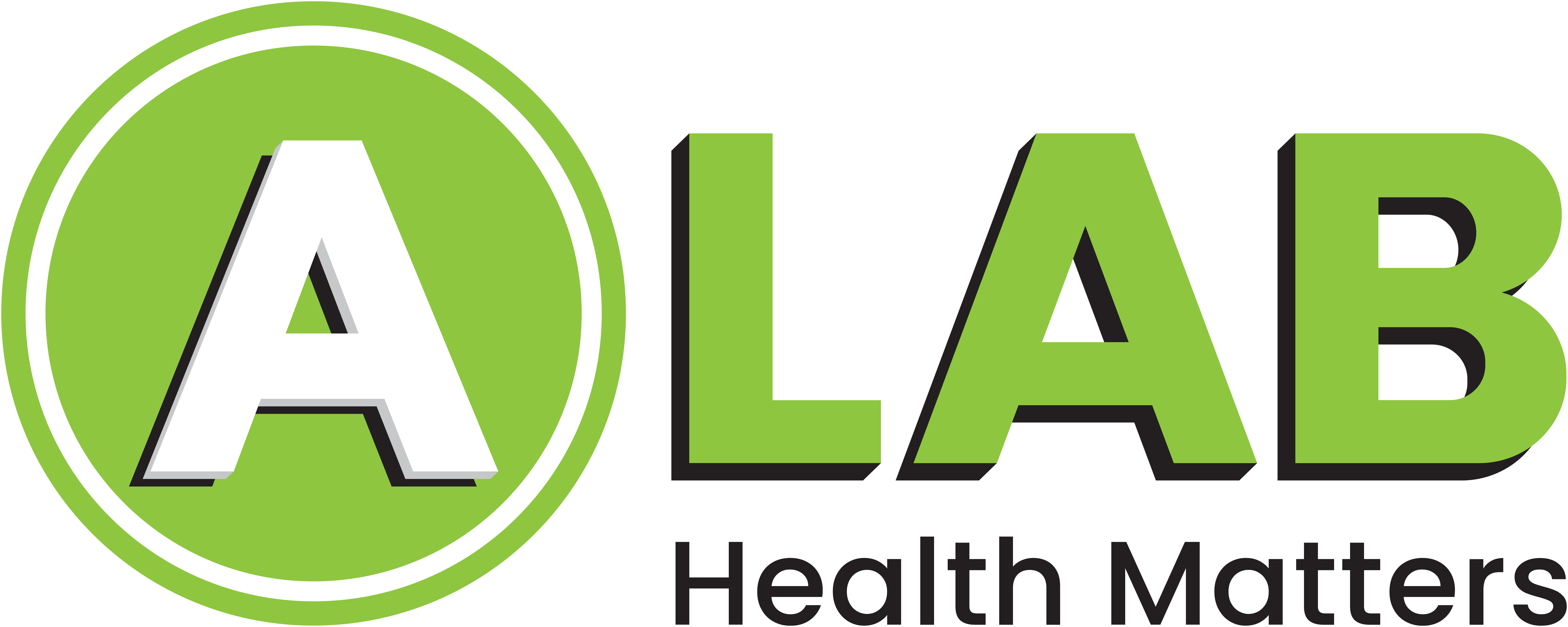Chronic runny noses that do not respond to treatment are often caused by hyperactive nerves in your nose’s back (posterior) part. Posterior nasal nerve ablation involves either sending cold temperatures or radiofrequency energy to these hyperactive nerves. As a result, the nerves stop sending “signals” that cause a runny nose.
The procedure is minimally invasive and a safe treatment that addresses the root cause of the problem to provide long-term relief. Posterior nasal nerve ablation is performed in our office using the FDA-approved ClariFix Cryotherapy or RhinAer. There are many top and the best ENT specialist in Karachi.
Everything That Happens During Posterior Nasal Nerve Ablation?
First, we’ll review your medical history and discuss a treatment plan. We promise to take the time to answer all of your questions. Before the procedure, our ear, nose, and throat doctor in Raleigh will numb the inside of your nose with local anesthesia. An endoscope is then inserted into your nasal cavity.
An endoscope is a long, thin tube that is typically less than 4 mm in diameter. It makes use of fiber optics and a small camera to provide us with a clear view inside your nose. (For more information on nasal endoscopies, see our previous blog.) The area is then treated with either cold therapy or radiofrequency energy using a small prod.
How To Stop A Runny Nose?
Excess mucus production in your nasal passages causes a runny nose. This causes watery secretions to drip from your nose and occasionally down the back of your throat. A stuffy nose, also known as a runny nose, can occur with or without nasal congestion. Inflammation of the lining of your nasal passages causes nasal congestion, making it difficult to breathe through your nose.
There are several possible causes of a runny nose. The most common is a viral sinus infection, which is typically caused by the common cold. A runny nose may also be caused by cold weather, allergies, sinusitis, or other factors. Inhaling a virus or an allergen, such as dust or pollen, irritates the lining of your nasal passages and sinuses. This causes your nose to produce clear mucus, which traps germs or allergens and aids in the removal of these harmful substances from your nose. This article looks at some home remedies that can help relieve the symptoms of a runny nose.
Effective Remedies To Stop A Runny Nose
A runny nose isn’t usually caused for concern on its own. If you don’t have any other symptoms, there are several natural self-care options for a runny nose that don’t involve medication.
Water is helpful
When dealing with a runny nose, staying hydrated and drinking fluids can be beneficial if you also have nasal congestion symptoms. This ensures that the mucus in your sinuses thins to a runny consistency and is easily expelled. Otherwise, it may be thick and sticky, making your nose congested. Drinks that dehydrate rather than hydrate should be avoided. This includes beverages containing alcohol, such as coffee.
Get hot tea
Hot beverages, such as tea, may, on the other hand, be more beneficial than cold ones. This is due to their heat and steam, which aid in opening and decongesting airways. Certain herbal teas contain mild decongestant herbs. Teas with anti-inflammatory and antihistamine herbs, such as chamomile, ginger, mint, or nettle, should be avoided.
Before drinking, make a cup of hot herbal tea (preferably noncaffeinated) and inhale the steam. Sore throats are frequently associated with runny noses; drinking hot herbal tea can also help soothe a sore throat.
Try facial steam
Facial steam, like a humidifier or a hot cup of tea, can help loosen mucus and relieve a runny nose. Here’s how to go about it: Heat water in a clean pot on the stove just enough to create steam — DO NOT LET IT COOK. For about 5 minutes, place your face 8 to 12 inches above the steam. Don’t let your face come into contact with the water. Close your eyes and breathe deeply through your nose. If your face becomes too hot, take a break.
After that, blow your nose to get rid of any remaining mucus.
If you still have symptoms, repeat the process 2 or 3 times per day.
Add a few drops of decongestant essential oils to your facial steam water if desired. It is sufficient to use about 2 drops per ounce of water.
Essential oils such as eucalyptus, peppermint, pine, rosemary, sage, spearmint, tea tree (melaleuca), and thyme are excellent choices. Many over-the-counter (OTC) decongestants contain compounds found in these plants, such as menthol and thymol.
If you don’t have these essential oils, you can use dried herbs instead. Make a herbal tea out of your facial steam and inhale the vapours to reap the same benefits.


